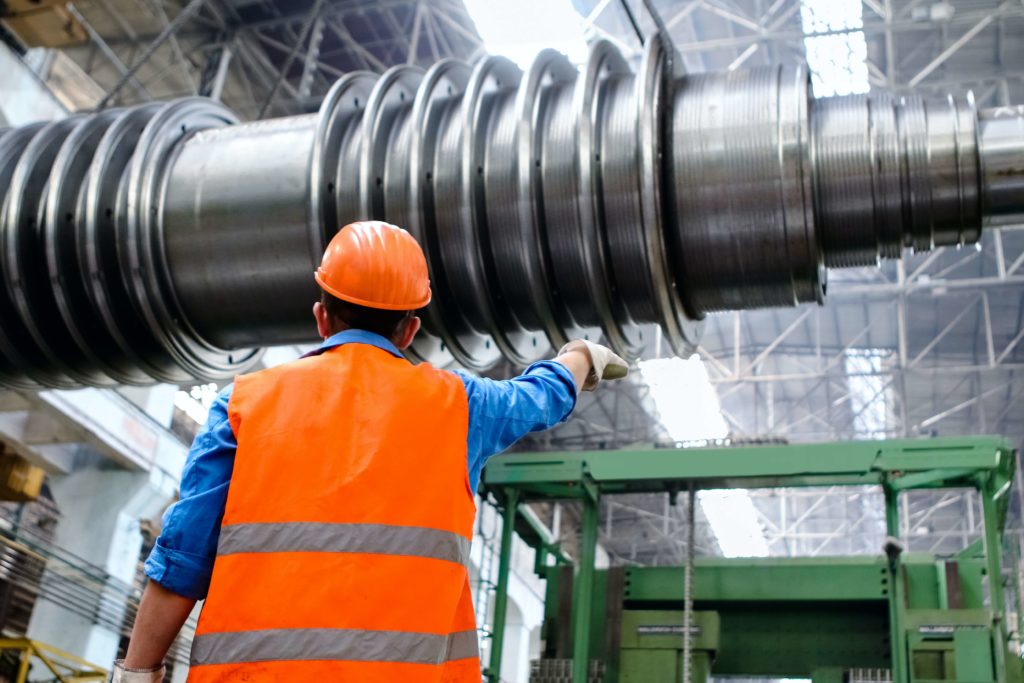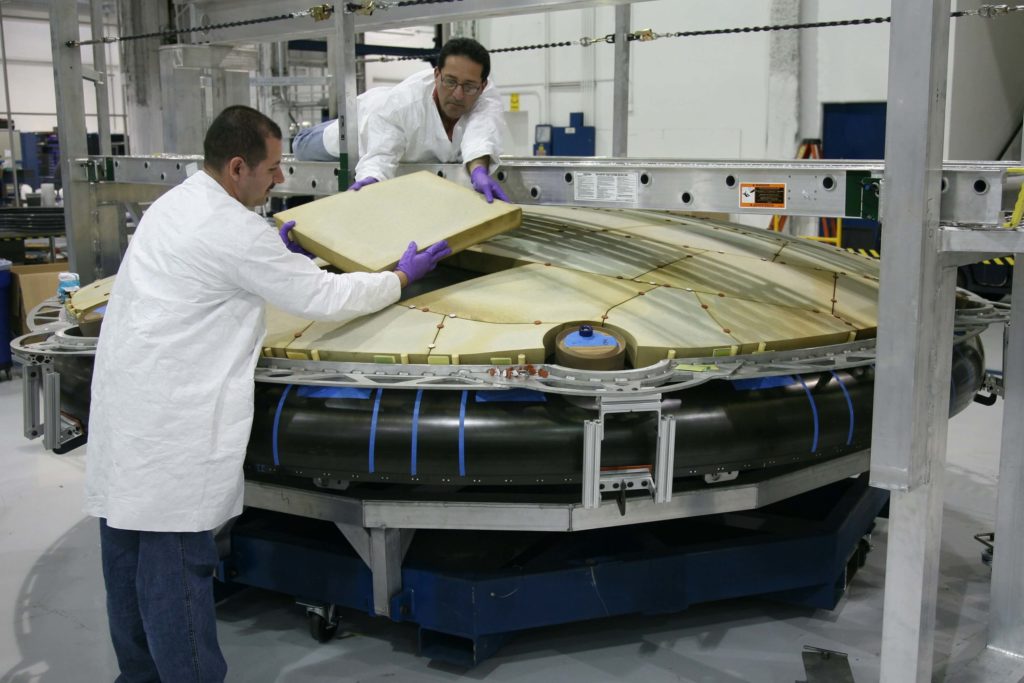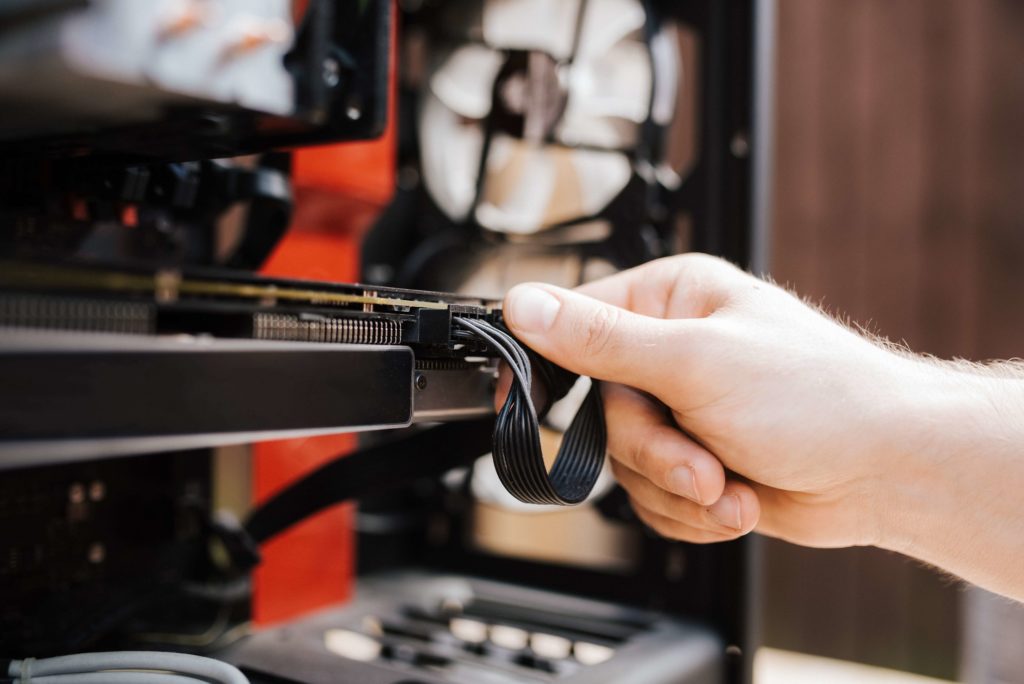In the field of industry and production, maintenance management is highly important. It ensures the lifespan of equipment. In this comprehensive article, we explain the benefits of maintenance management and how to implement it effectively.
- Maintenance Management: Definition
- What are the 5 types of maintenance?
- Maintenance Management: What are the benefits?
- How to create an effective maintenance plan?
Maintenance Management: Definition
Maintenance management is an essential practice to ensure optimal performance of a company’s equipment and infrastructure. It involves tracking the company’s assets and overseeing maintenance operations. How? By repairing machines and utilizing procedures such as regular inspections and cleaning. These actions help anticipate the end of the equipment’s lifecycle.

What are the 5 types of maintenance?
Corrective Maintenance
Corrective maintenance involves repairing equipment after a breakdown has occurred. It is used when a failure is unexpected or cannot be predicted in advance.
Systematic Preventive Maintenance
Preventive maintenance involves performing regular maintenance tasks to reduce the risk of equipment failure. It involves replacing components and parts regularly to improve machine productivity. With regular inspections, technicians can effectively prevent breakdowns, failures, and premature wear.
Conditional Preventive Maintenance
Conditional maintenance involves performing maintenance tasks based on equipment conditions. This type of maintenance is suitable for equipment that can be monitored through sensors. It helps to detect problems before they become critical.
Predictive Maintenance
Predictive maintenance involves using data and analysis to predict when a failure might occur. It utilizes real-time monitoring techniques and data analysis to detect trends and anomalies that could indicate an impending failure. This helps to reduce expenses caused by :
- unexpected breakdowns
- downtime
- troubleshooting operations
Curative Maintenance
Curative maintenance is closely related to the end of a machine’s life. This method is used when equipment breaks down and repair options are exhausted. Curative maintenance is a last-resort approach when corrective and preventive maintenance have failed.
Maintenance Management: What are the benefits?
Maintaining equipment requires time and effort. Maintenance management is a systematic process that allows businesses to keep it in order.
Cost Reduction and Extended Equipment Lifespan
Through regular maintenance operations, equipment can last longer. By detecting problems more quickly, maintenance management anticipates repairs and replacements, leading to cost reduction.
Improved Equipment Availability:
By maximizing equipment uptime, we enhance availability and reduce unexpected downtime.
Increased Safety:
Maintenance management anticipates potential safety issues before they become real risks. This reduces the likelihood of accidents.
Enhanced Quality:
Maintenance management can also improve product and service quality by ensuring that equipment operates optimally, reducing production errors and enhancing customer satisfaction.
- Compliance with Regulatory Standards:
Maintenance management encourages businesses to comply with industry standards and regulations, avoiding penalties and fines.

How to Create an Effective Maintenance Plan?
Creating an effective maintenance plan requires careful consideration and preliminary analysis of the equipment to be maintained. Here are the key steps to create an effective maintenance plan:
Equipment Identification
Not all equipment requires the same level of attention. Identify the equipment that needs regular maintenance based on its importance and criticality to your operations.
Establish Maintenance Frequencies
Determine the necessary maintenance frequencies for each piece of equipment. This can be based on usage, equipment age, and safety requirements.
Define Maintenance Procedures
For each equipment, create a detailed checklist for the necessary maintenance procedures. This list should outline specific actions to take for each maintenance task.
Supplier Selection
Select suppliers who can provide essential spare parts and appropriate maintenance services. Also, establish a maintenance contract with these suppliers to ensure a prompt response in case of issues.
Set a Maintenance Schedule
Establish a maintenance schedule for each equipment based on the defined maintenance frequency. This schedule should include start and end dates for maintenance, as well as the tasks to be performed.
Automating maintenance technicians’ schedules helps improve their productivity! Nomadia offers solutions for field service management.
Personnel Training
Ensure that the staff is properly trained in equipment maintenance and understands the procedures to follow in case of issues.
By following these key steps, you can create an effective maintenance plan and improve your maintenance management. This will help you minimize downtime, extend equipment lifespan, and enhance the reliability of your operations.


